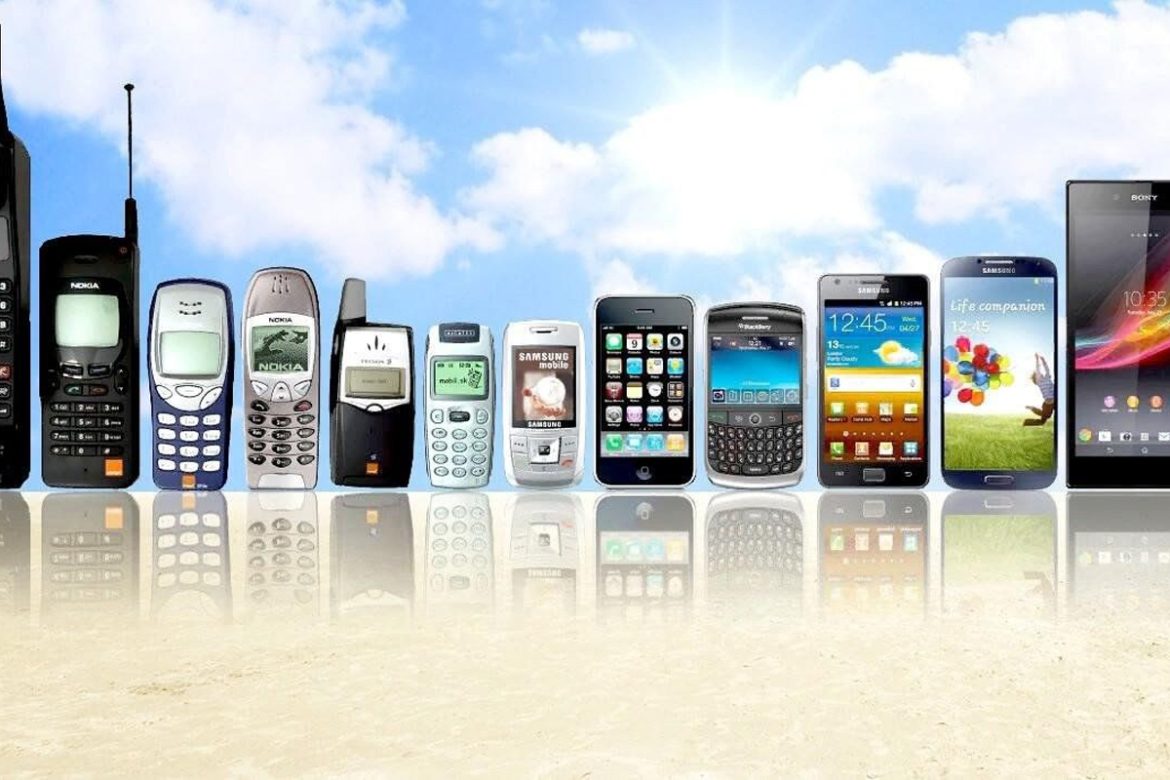The Advent of the Smartphone: Early 2000s
The early 2000s saw the rise of smartphones, which combined the functions of a mobile phone with those of a personal digital assistant (PDA). BlackBerry, with its QWERTY keyboard, became a favorite among business users due to its email capabilities and secure network. In 2002, Nokia released the Nokia 7650, one of the first phones with a built-in camera, marking the start of the camera phone era.
Advertisement
However, the true smartphone revolution came in 2007 with the release of the first iPhone by Apple. Unlike previous phones, the iPhone featured a full touchscreen interface, a powerful operating system, and easy access to the internet. It changed the way people thought about mobile devices and set the standard for the modern smartphone. The launch of the App Store in 2008 created a platform for developers to create software applications for mobile devices, expanding the functionality of smartphones beyond calls and texts.
The Era of the Modern Smartphone: 2010s to Today
The 2010s were dominated by rapid advancements in smartphone technology. The iPhone continued to evolve, but it was joined by strong competitors, such as Samsung’s Galaxy series and Google’s Pixel line. As competition increased, so did innovation. Phones became slimmer, displays grew larger, and the quality of cameras improved dramatically.
Key innovations in this era included the introduction of 4G and later 5G networks, which enabled faster internet speeds, allowing for seamless video streaming, video calls, and online gaming. Biometrics, such as fingerprint and facial recognition, were introduced, enhancing phone security. Artificial intelligence (AI) also began to play a significant role, with virtual assistants like Siri, Google Assistant, and Alexa providing users with hands-free assistance.
Smartphones have since become essential tools for daily life. They serve as our cameras, wallets, health trackers, navigation systems, and even our entertainment centers. With apps for social media, online banking, and fitness tracking, modern smartphones are versatile devices that simplify various aspects of life.
